



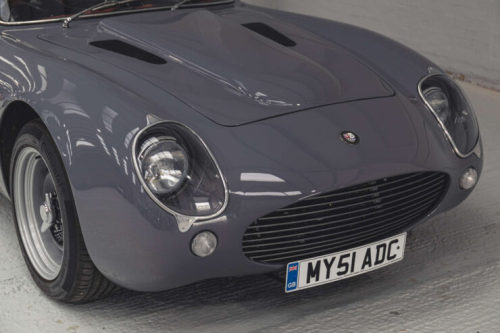
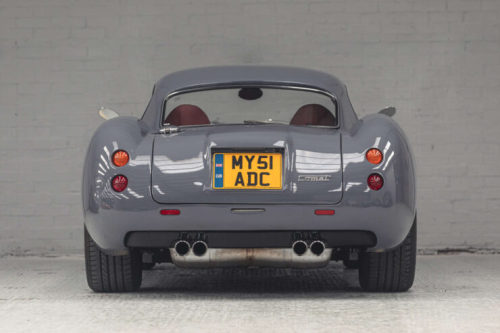




(via The Dowsetts Comet – This Is The Only Road-Going Comet In The World)
from Tumblr https://somar78.tumblr.com/post/665760265432891392
The Volkswagen Beetle overcame its ignominious beginnings as one of the The Third Reich’s pet projects to become one of the most beloved automobiles of all time. Over 21 million of them were manufactured in a wide array of configurations – but the factory never offered a pick up truck version.
The Beetle you see here was built to right this historic wrong, taking a standard 1971 Volkswagen Beetle, the pick up truck back from a Type 2, and the engine from a Type 3 to create a 100% VW pick up that could feasibly have been built by the German automaker back when the car was in production.
Almost everyone knows the origins of the Volkswagen Beetle, it was designed by Ferdinand Porsche as an affordable car for the masses, a project that was the brainchild of Adolf Hitler. The company name “Volkswagen” as in German it means the “people’s car.”
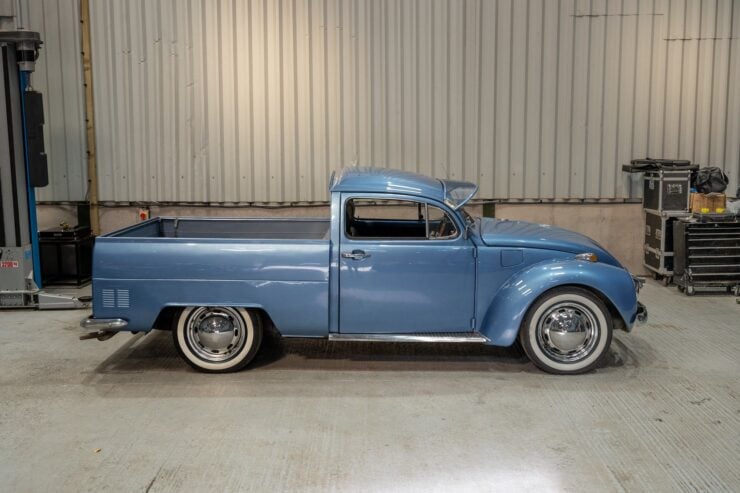
The car is essentially a VW Type 1, 2, 3 – it uses a Type 1 Beetle body, with a Type 2 tray back, and a Type 3 engine.
After WWII the brilliance of Porsche’s design became clear and production of the car would skyrocket. Factories around the world would build Beetles in countries as far afield of South Africa, Thailand, Mexico, Nigeria, Venezuela, Finland, Brazil, and many others.
The Beetle became a Hollywood icon thanks to the Herbie movies, and the car fulfilled an essential role as cheap daily transportation for countless millions of people, both in developing countries and the industrialized west.
Today there are still millions of them on the road around the world, many have been customized into race cars, novelty cars, kit cars, and the Beetle forms the underpinnings of the legendary Meyers Manx beach buggy.
Volkswagen developed a few other models from the original Beetle (the Type 1), including the Type 2 which is often called the VW Bus or the VW Kombi, and the Type 3.
The team behind the creation of the unusual Beetle you see here wanted to create a vehicle that looked like what Volkswagen themselves might have created if they’d ever decided to build an official Beetle pick up, or a “ute” as they call it in Australia.
They started with a tidy 1971 Beetle, once they had the floors replaced and other restoration jobs completed they set to work chopping the roofline to give a lower profile, then they fitted custom glass to all four corners.
The original suspension was swapped out for lowered McPherson Struts up front and Megabug coilover springs and shock absorbers in the rear. A custom interior was fitted, with black bucket seats and a wood-rimmed Mountney steering wheel.
The original engine was replaced with a rebuilt and re-tuned 1.6 liter Type 3 “Suitcase” engine with twin Weber ICT 34 carburetors, mated to a 4-speed manual gearbox. That tray back rear end was sourced from an original VW Type 2 Pick Up, and it was all finished off with Gemini Blue Metallic.
This unusual Beetle pick up is now for sale through Collecting Cars, if you’d like to read more about it or register to bid you can click here to visit the listing.
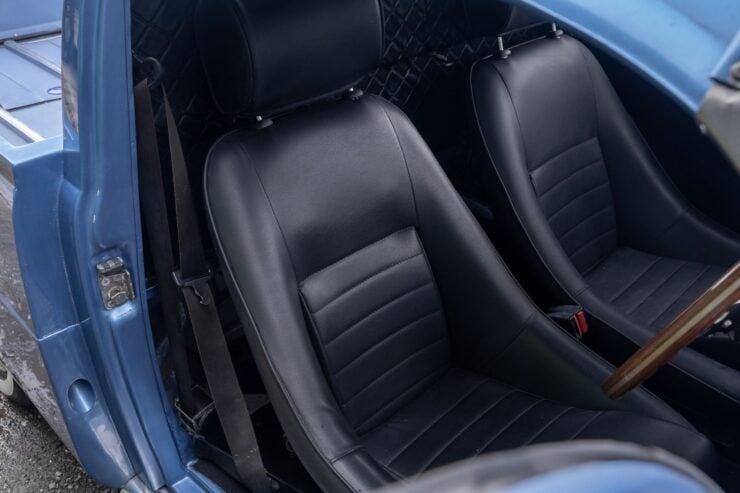
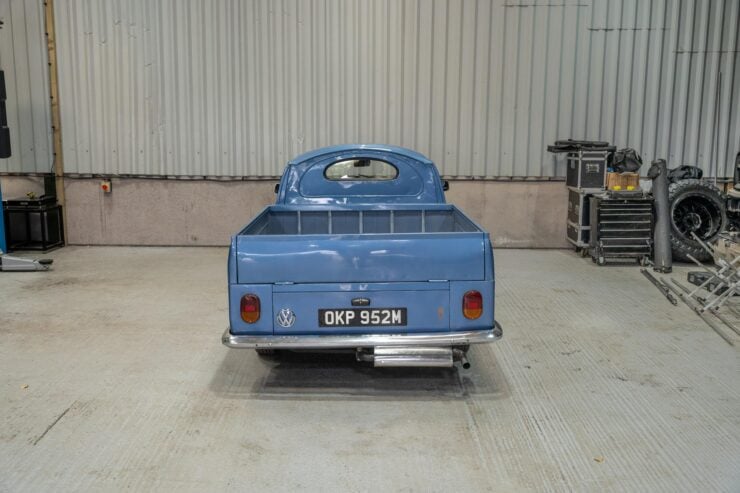
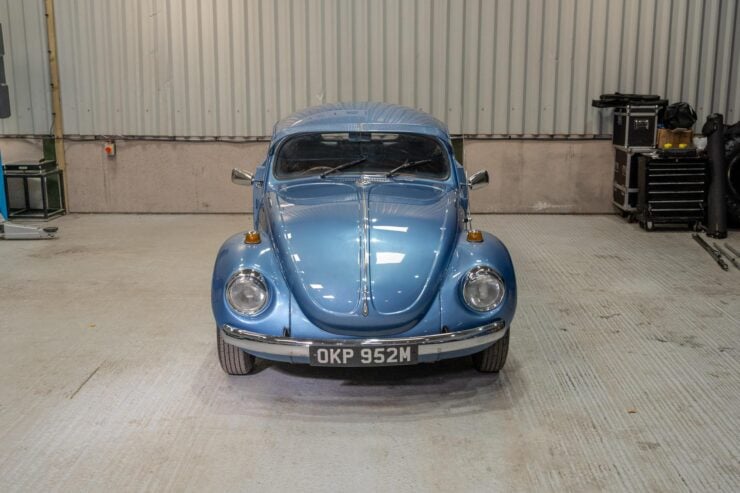
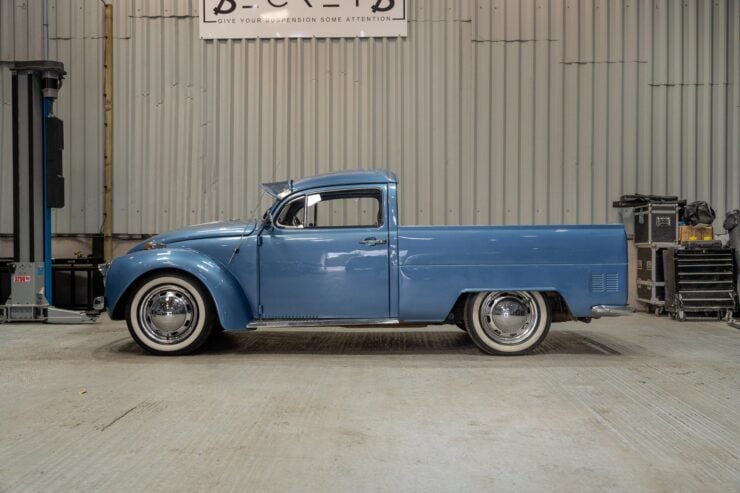
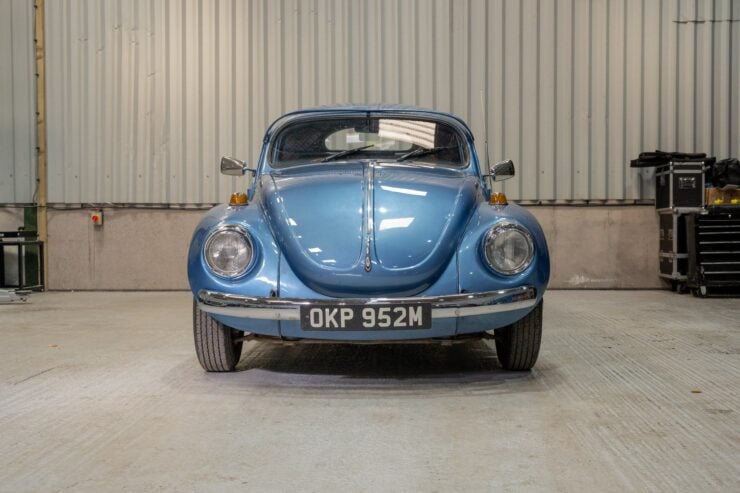
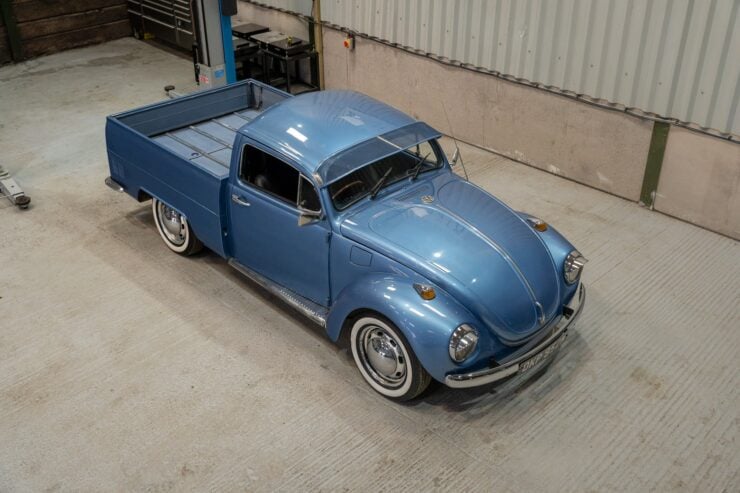
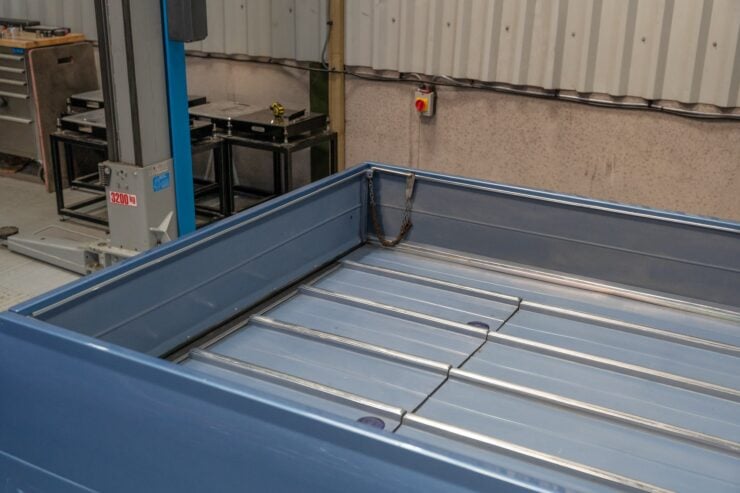
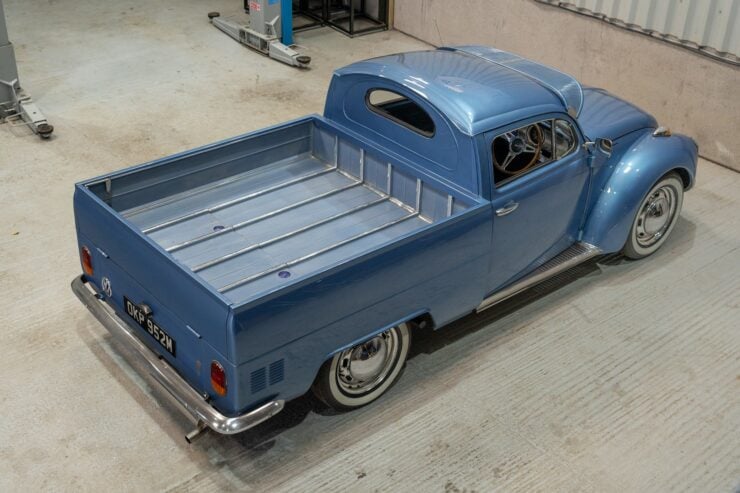
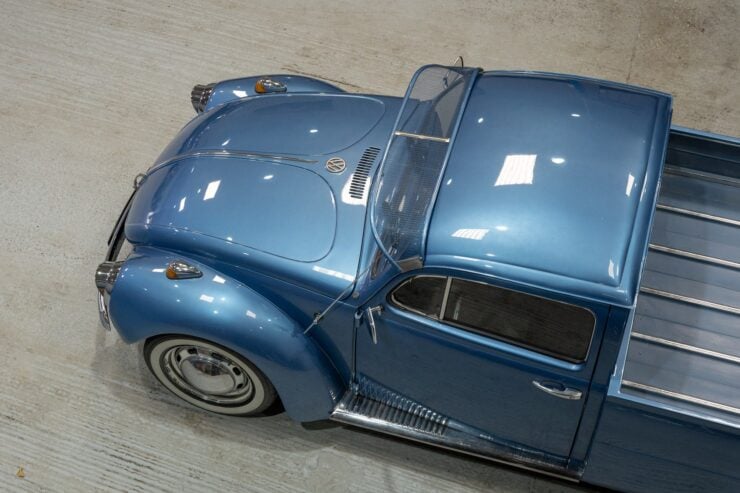
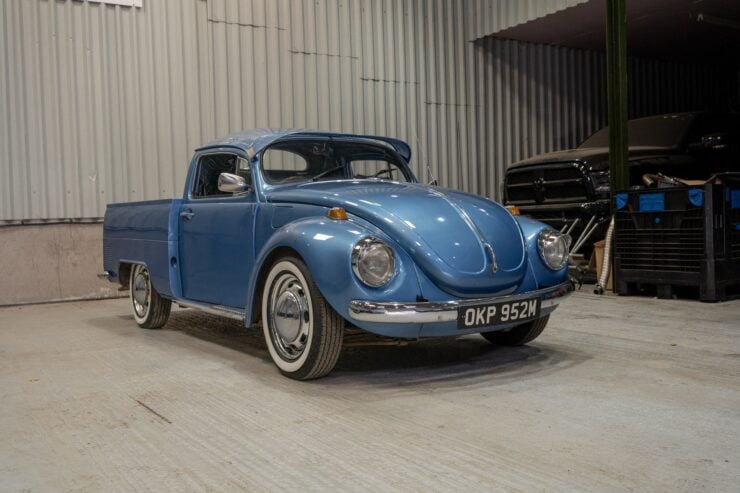
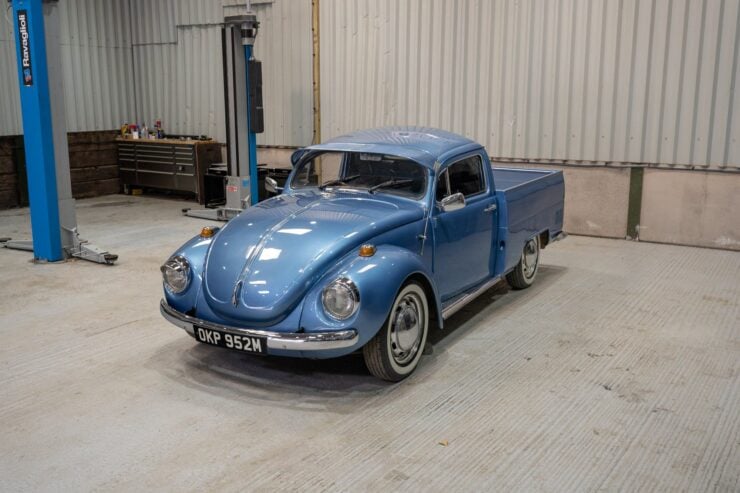
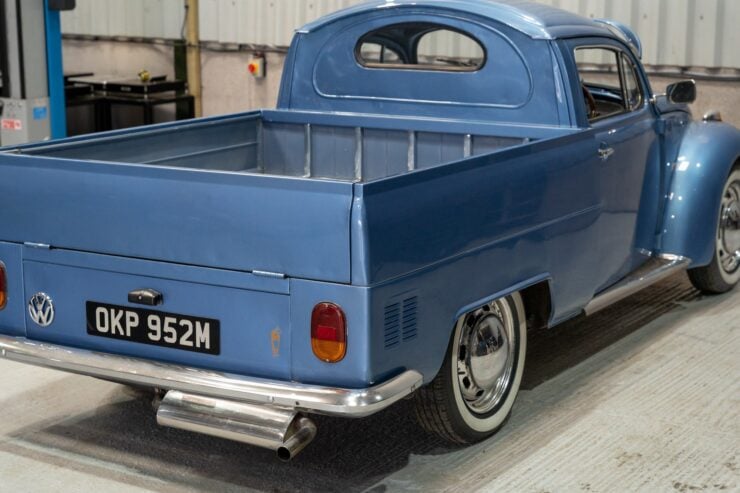
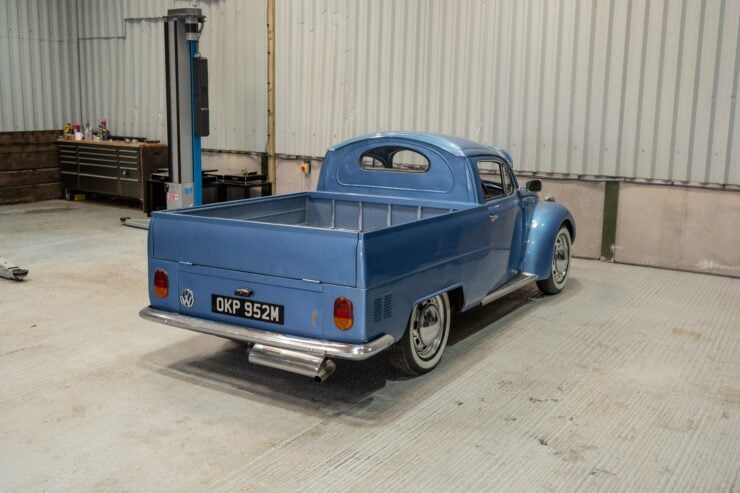
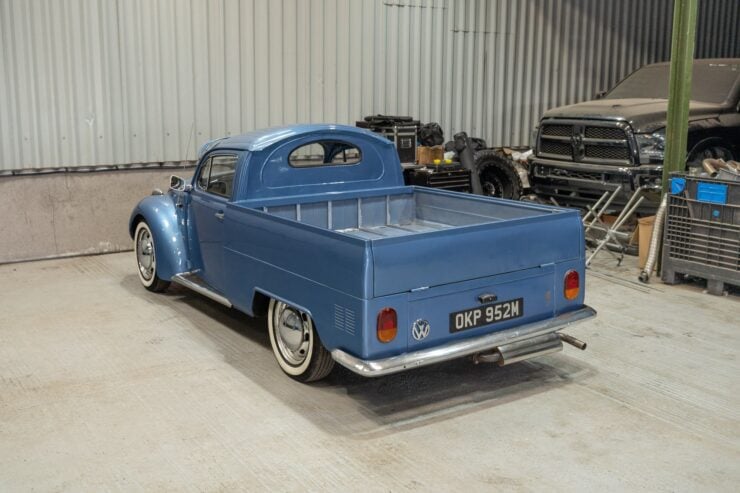
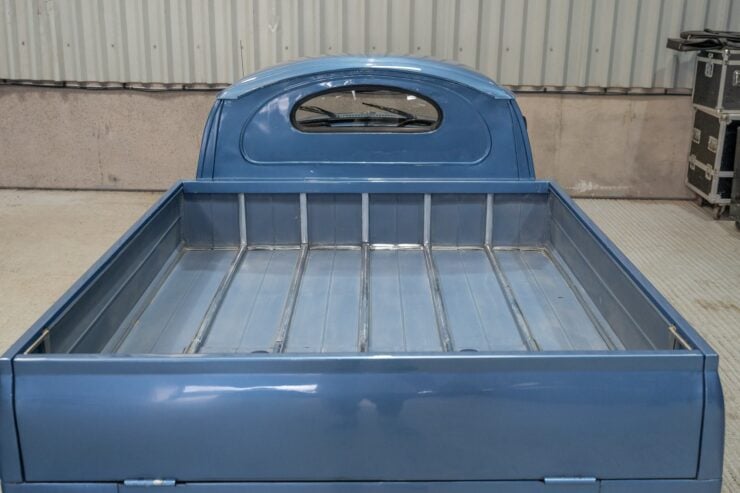
Images courtesy of Collecting Cars
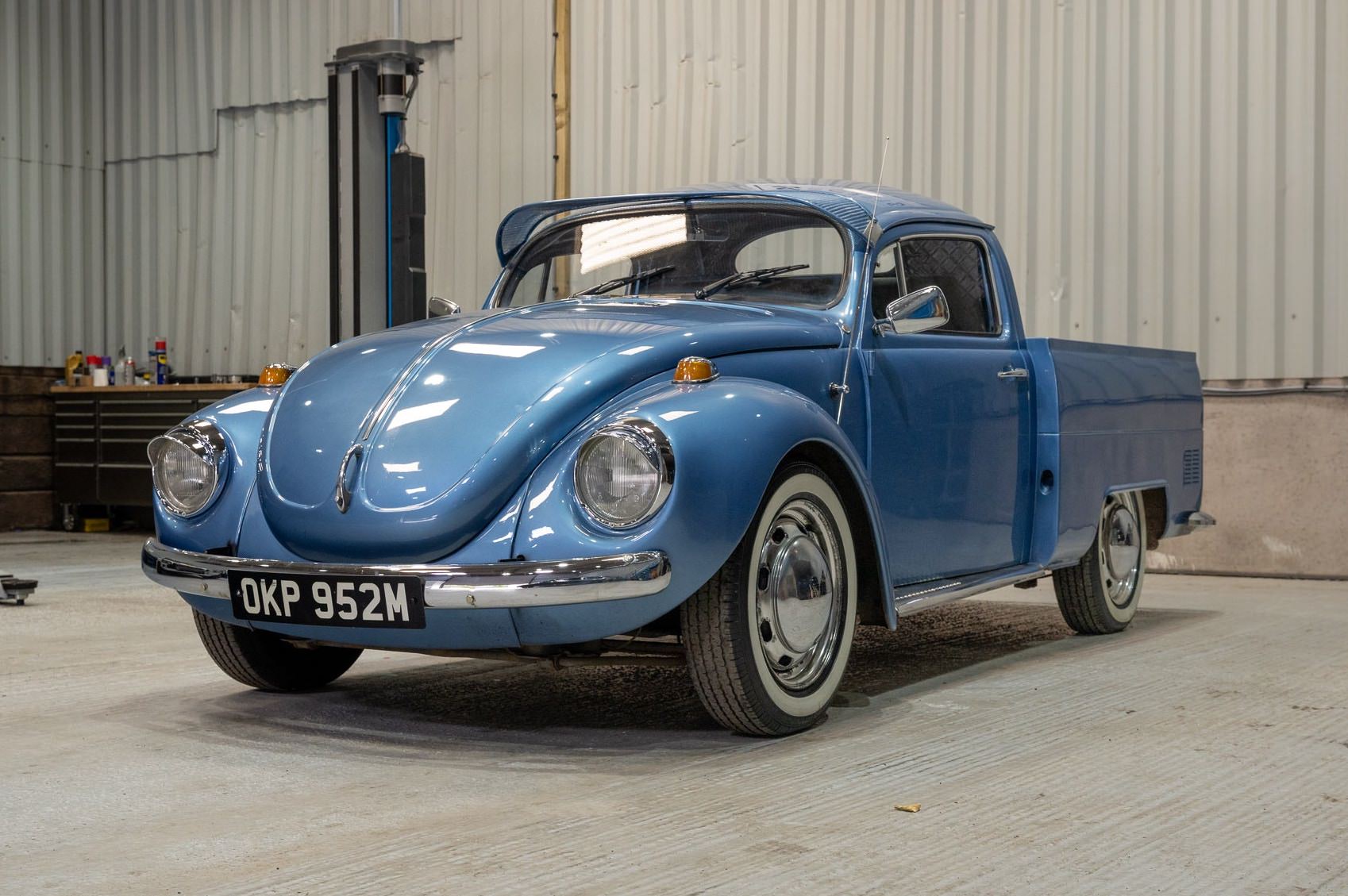
The post An Unusual Volkwagen Beetle Pick Up Truck appeared first on Silodrome.
This article was written by Walt Siegl of Walt Siegl Motorcycles. When possible we like to bring you the story of a vehicle in the words of the person who built it, to cut out the middle man and give you direct insight into their thought process and methods.
I built this SBK the way I would have built it for myself, and that’s exactly what the owner asked me to do: Build the bike I would want to own.
In fact, I actually used the engine that Bruce Meyers built for my personal SBK (that I never got around to building). I love Ducati’s long stroke motors, but instead of a big monster Corsa engine, I wanted an engine that is as spritely and responsive as possible, matching the lightness and agility of my SBK chassis.
The idea behind the SBK was to build a machine as agile as possible, that steers significantly better than anything you can buy off the showroom floor. Such a bike allows its owner to become a better rider.
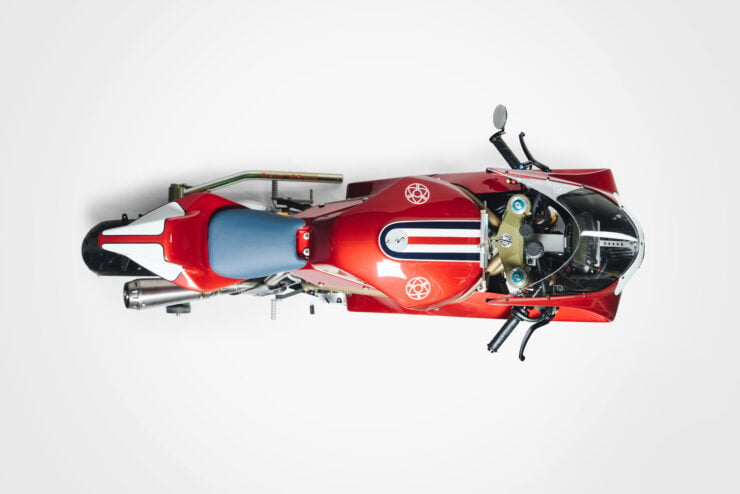
Although he’s often classified as a custom motorcycle builder it’s more accurate to say that Walt is a motorcycle designer. He often designs and builds everything from the frame on up, resulting in an entirely unique bike.
Because riding well and having fun is what it’s all about. High horsepower engines are not necessarily really conducive to having fun.
That’s why I picked this engine configuration: 848 crank case, lightened and balanced crank with updated crank bearings, titanium connecting rods, 1040 big bore kit with Pistal race pistons, ported and flowed cylinder heads with high lift cams, lightened 1098 gears with open clutch housing. It picks the throttle up like a shotgun blast. The engine breathes through a WSM carbon fiber airbox and ram air tubes.
Suspension is Ohlins all around. Since the bike weighs only 328 lbs wet, the front forks are specially built for the weight of this bike, with lighter springs and custom designed shim stock. The rear shock received the same treatment.
The electronics includes custom made fuel, air delivery, and engine speed map. Traction control and quick shift. I’m always trying to build the perfect machine, but I don’t want to give up the visual clues to the fact that a big part of my bikes are designed by me and built with my hands.
This is always a conversation I have with myself: Which components should carry that visual language of the handmade. I worry sometimes that some streamlined, high-tech looking parts might lose that visual aspect, of all the love and effort that I put into these machines. Also, because of the demands of a race bike, not all components can be made by hand.
The one request the owner had was color choice. He sent me a picture of a Ferrari SP2 painted in a limited color. It’s always a bit tricky to try to transfer color combinations that work on a car onto motorcycles. It’s not always successful.
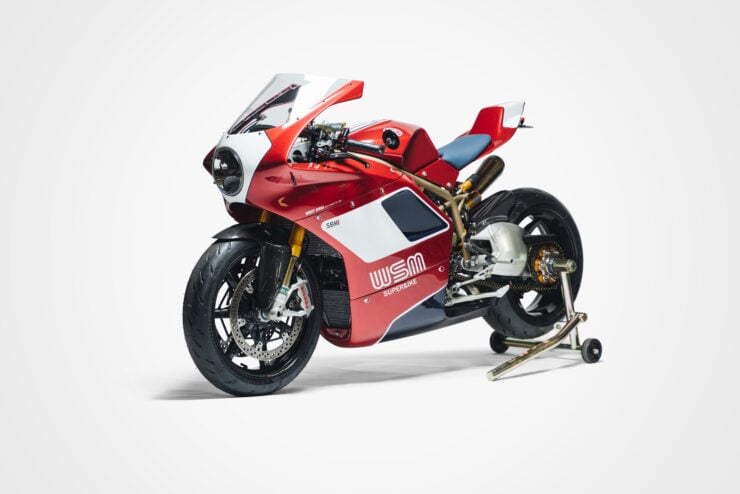
Walt Siegl’s SBK series of motorcycles look like official factory prototypes or concept bikes designed for the show circuit, but they’re also exceptionally quick on track.
Cars, with their big panels, reflect light and show shadows much differently than on bikes, since bikes have much more intricate surfaces. But it was definitely a risk worth taking, and I think it really works for the SBK.
Visit Walt Siegl’s website here
Follow him on Instagram – Facebook
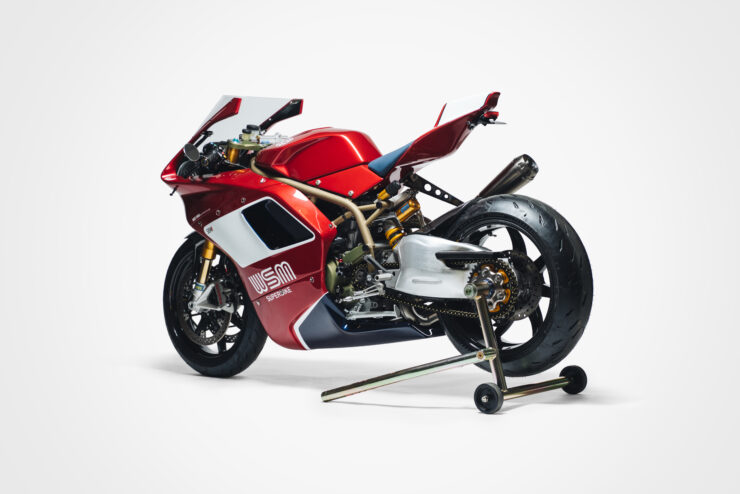
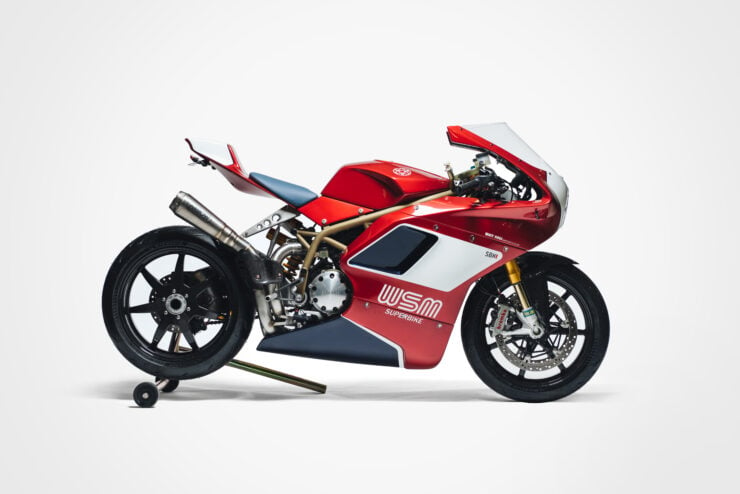
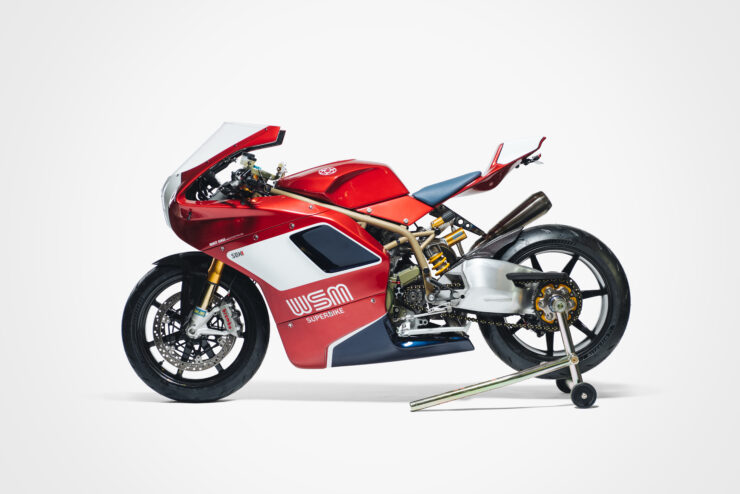
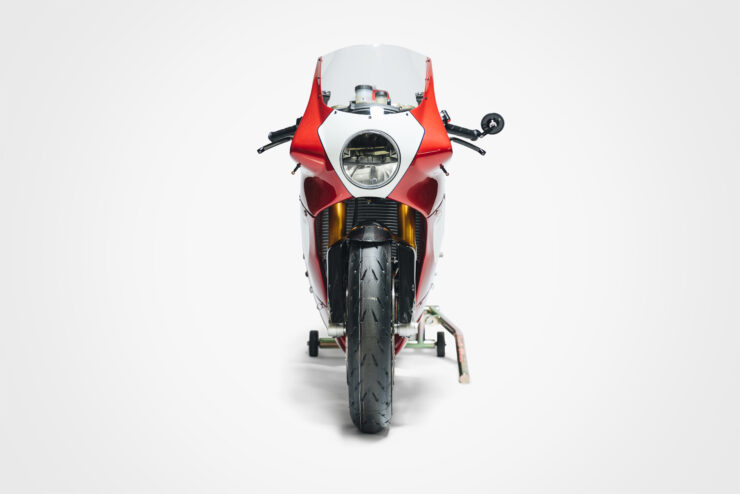
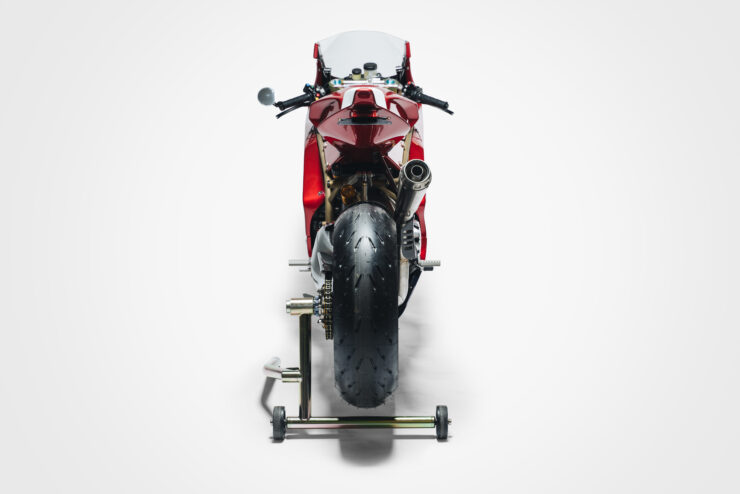
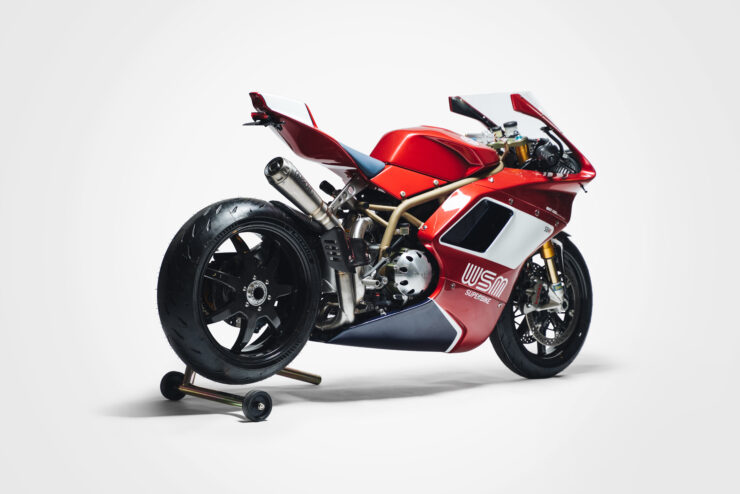
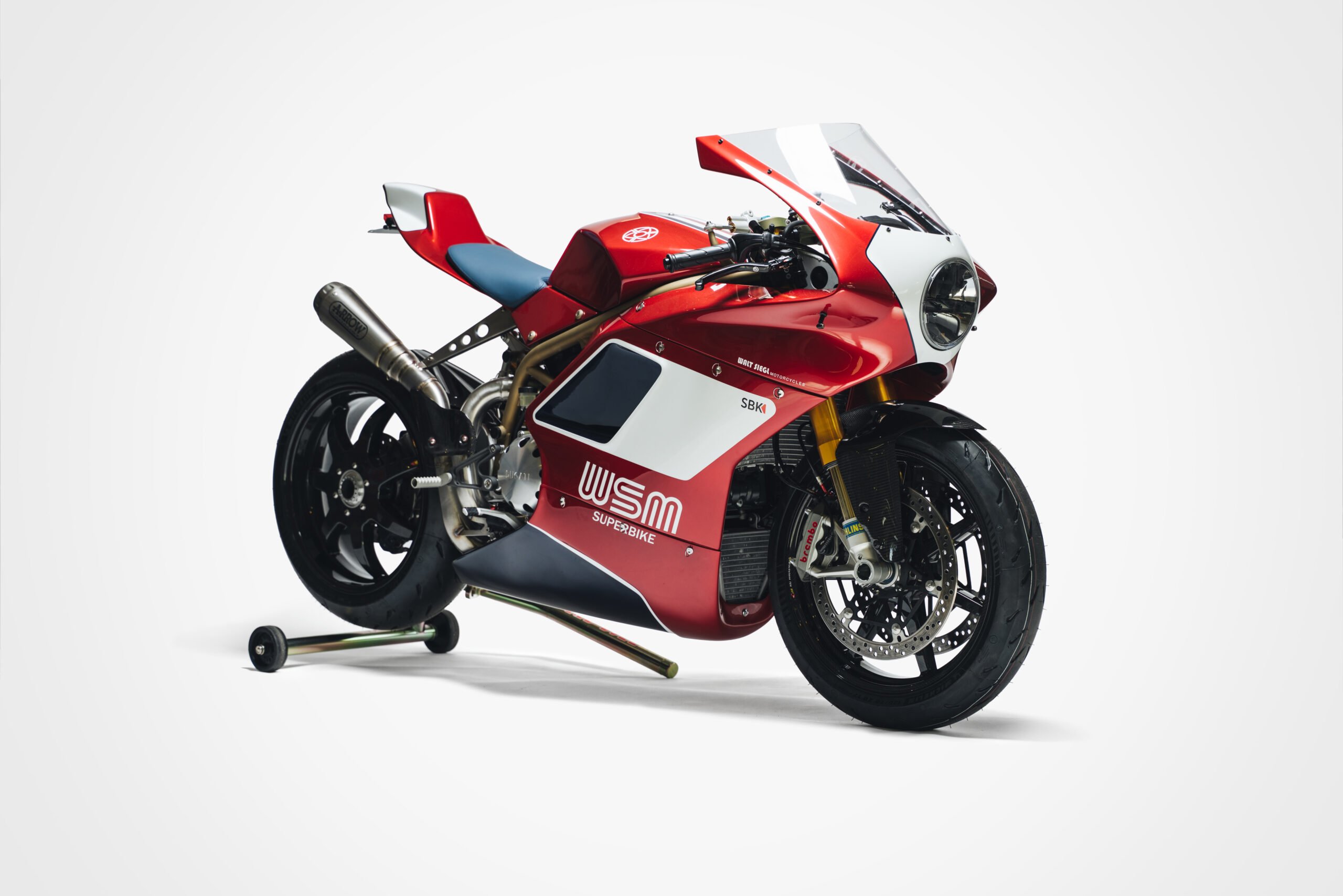
The post Custom Built Superbike Perfection: The Walt Siegl SBK Nr4 appeared first on Silodrome.
The rare Bocar XP-5 is the work of Bob Carnes, a racing driver and self-taught engineer who enjoyed much success in the Denver, Colorado area racing his Porsche 550 Spyder and his Jaguar XK120. Never one to sit still, Carnes modified his XK120 and fitted it with a Cadillac V8 for more power, dubbing it the “Jagillac.”
He began to realize that if he could build a car that had the best features of the Porsche with the best features of his own V8 Jaguar, he would have the perfect race car. Starting in 1957 he set out to design and build a V8-powered American answer to the 550 Spyder, creating one of the most memorable low-volume production sports cars of the time.
When Carroll Shelby hatched his plan for the Shelby Cobra in the early 1960s he was almost certainly influenced by the cars of Sydney Allard, but you have to wonder if he was also inspired by the little-known Bocar XP-5 by Bob Carnes.
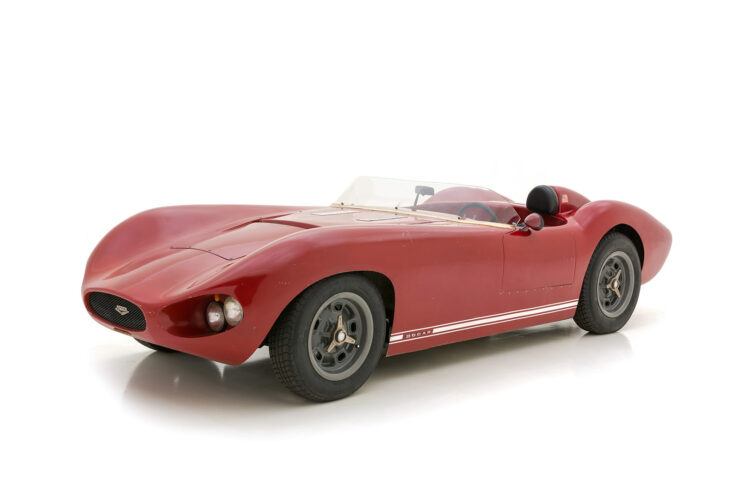
The styling of the Bocar XP-5 is immediately recognizable and hard to forget. The car sits just 34 inches high.
Lightweight European-style sports cars with good handling proved an ideal match for powerful American V8 engines, and a number of companies were founded to marry these two, creating some of the fastest cars of the era.
Bob Carnes’ first major foray into building his own sports car from the ground-up started with the XP-1 (eXperimental Prototype 1) in 1958 with a naming convention that may have been inspired by the supersonic Bell X-1 rocket plane of 1946
Carnes was learning as he went so the XP-1 was closely followed by the XP-2, and the XP-3, before the arrival of the XP-4, of which approximately five are believed to have been built.
The Bocar XP-5 arrived in mid-1959, it incorporated all of the lessons learned in the earlier prototypes, it was built around a chromoly tubular steel space frame chassis and the body was made from fiberglass, still a cutting edge material in the 1950s that made low-volume car manufacturing far more viable for smaller companies like Bocar.
Above Video: This short film is about Doug Karon and his Bocar XP-5 continuation.
Most XP-5s were powered by the 283 cubic inch Corvette V8 engine producing 290 hp, with power sent back through a manual transmission to the rear wheels. The XP-5 is just 34 inches tall and it has a four inch high windscreen, the curb weight varied based on specifications, however most cars tipped the scales at around 1,650 to 2,100 lbs.
As you may have guessed, performance was brisk. The Corvette-powered XP-5 could do the 0 to 60 mph dash in under 6 seconds and onto a top speed in the region of 160 mph. Racing versions of the car provided highly competitive, an XP-5 driven by Art Huttinger in the first televised Daytona race in 1960 came second only to the D-Type Jaguar of Ed Rahal, with the XP-5 clocking a speed record of 175 mph on Daytona beach.
Carnes had developed the XP-6 and was working on the XP-7 when the Bocar facility was destroyed by a fire in 1962, this resulted in the destruction of all the moulds, jigs, and everything else that was needed to build the cars, and it resulted in Bocar permanently shutting down.
The surviving examples of the original Bocar vehicles are now highly collectible, with asking prices now stretching to over $250,000 USD in some cases.
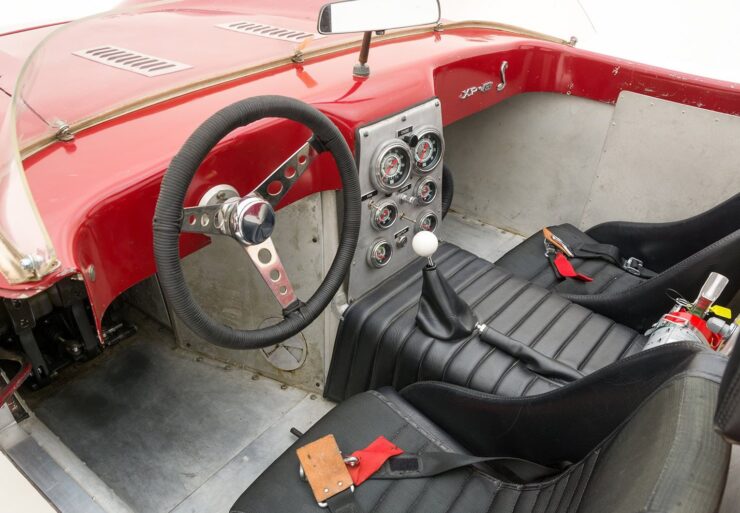
The interior has seating for two, these cars were designed to race so very little attention was paid to luxuries.
The car you see here has been credited with being the inspiration for the Bocar XP-6, it was originally purchased by a personal friend of Bob Carnes but being quite tall he didn’t fit into a standard XP-5. As a result he stretched the chassis by 12 inches and modified the body to match.
The project took a number of years as work was being done on it part time, by 1965 it was ready for completion and the owner opted for a 289 cubic inch Hi-Po Ford V8 crate engine mated to a T-10 four-speed transmission supplied by Garnsey & Wheeler.
Not long after completing it the car was sold to a new owner, it was then used as a display vehicle in Ford dealerships to show off the capabilities of the Ford V8.
In 2015 the car was sold on to a new owner who chose to mechanically overhaul the car while keeping the original patina intact, a historically sensible choice for such a rare and unusual classic.
The car is now for sale through Hyman Ltd with an asking price of $259,500 USD, if you’d like to read more about it or register to bid you can click here to visit the listing.
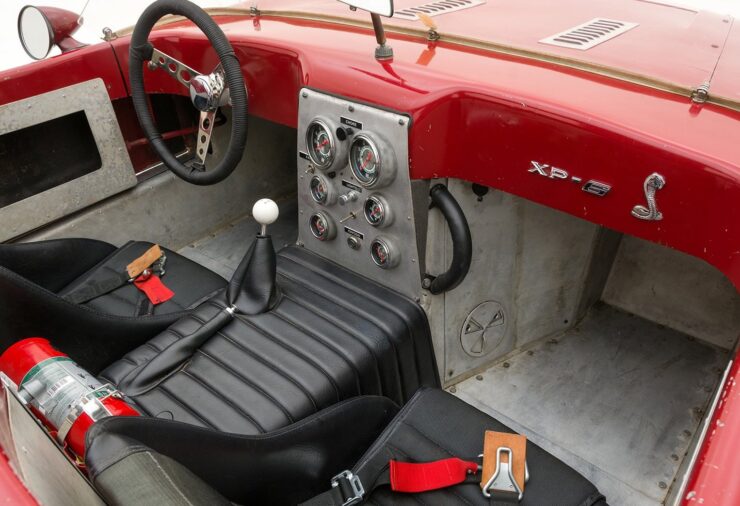
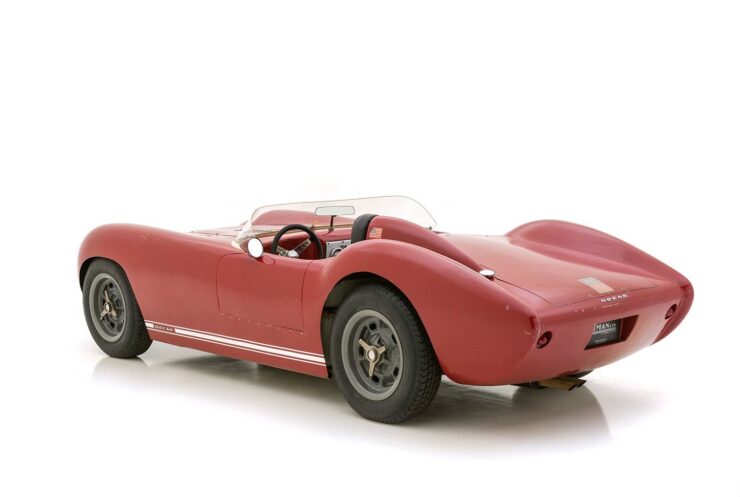
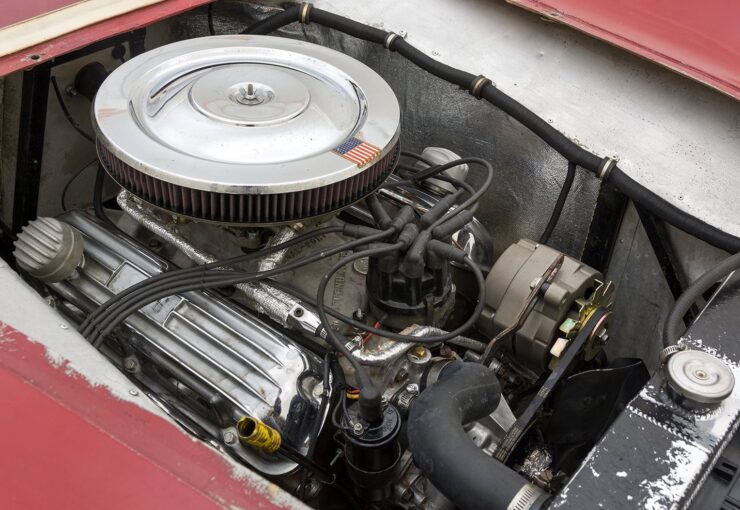
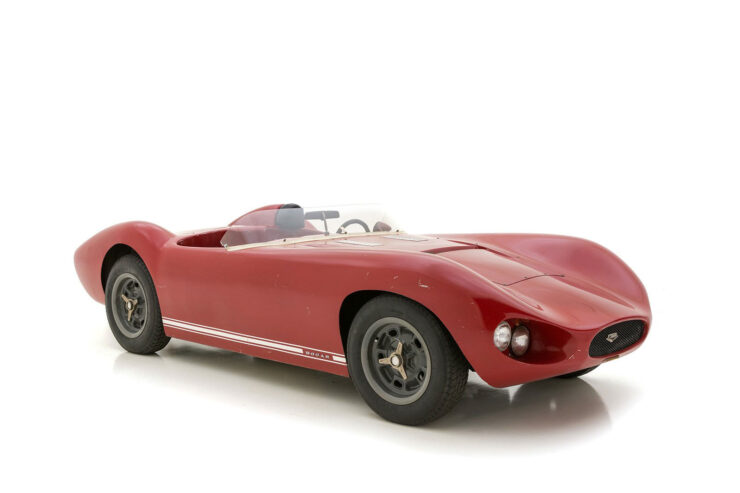
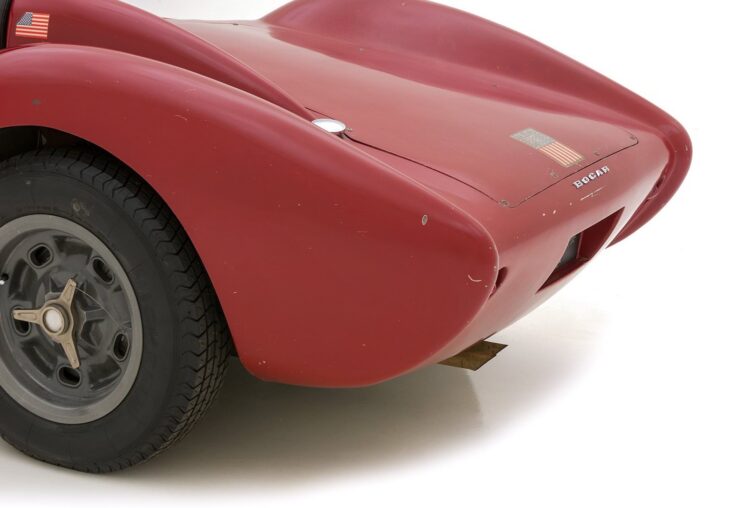
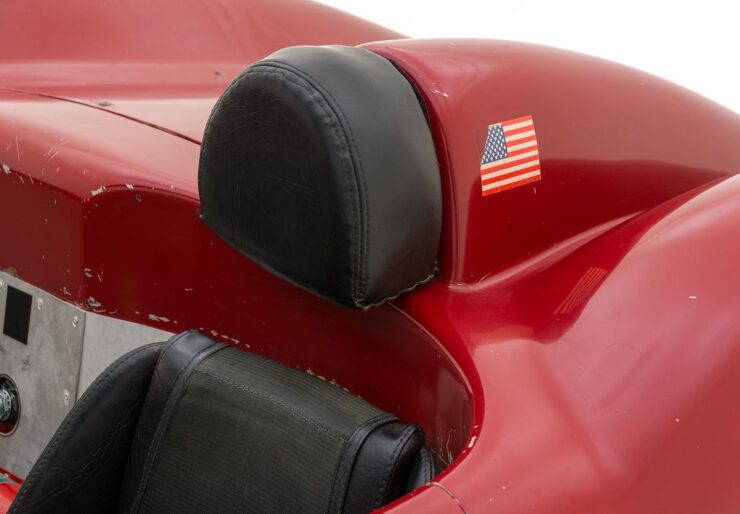
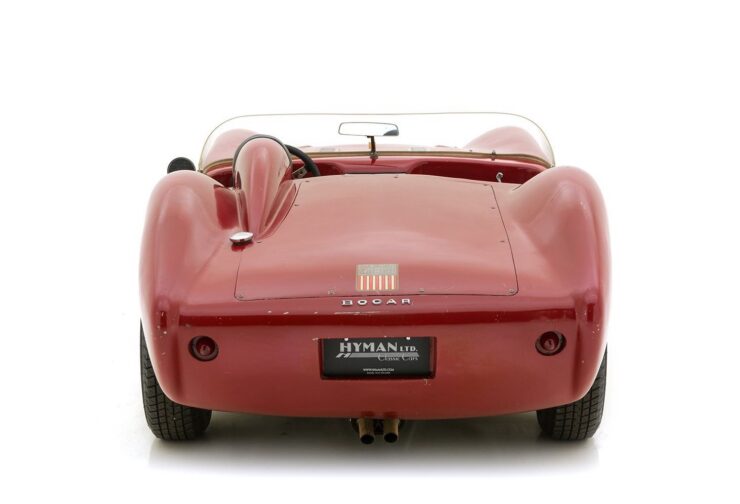
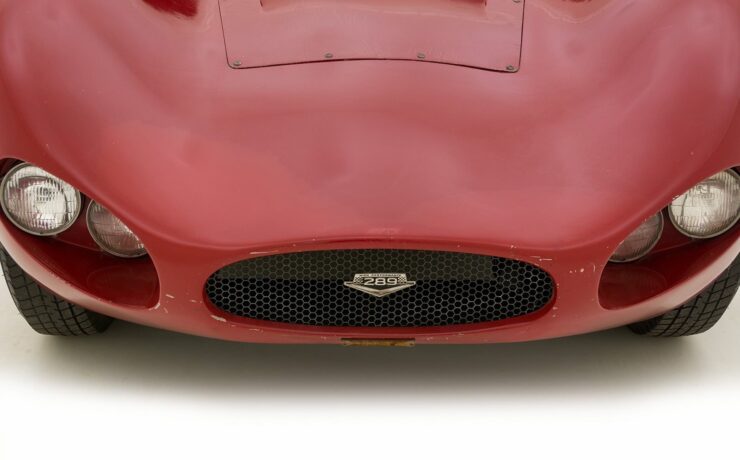
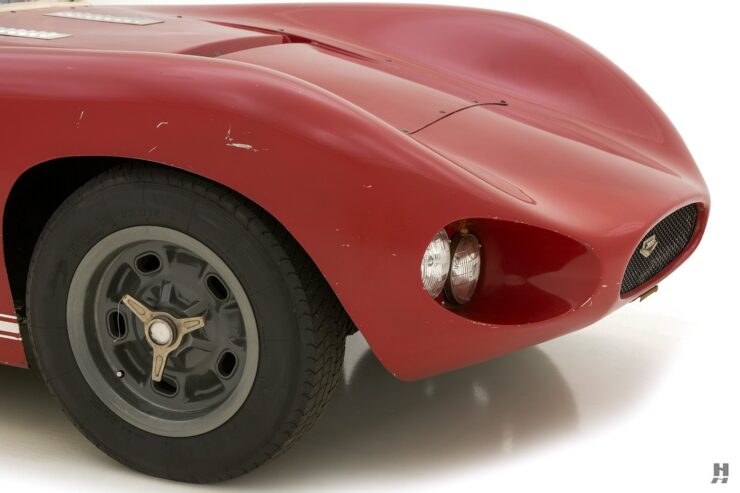
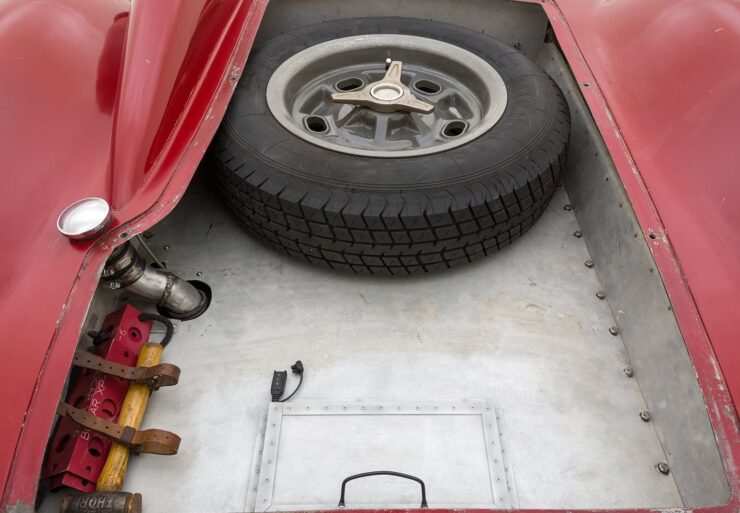
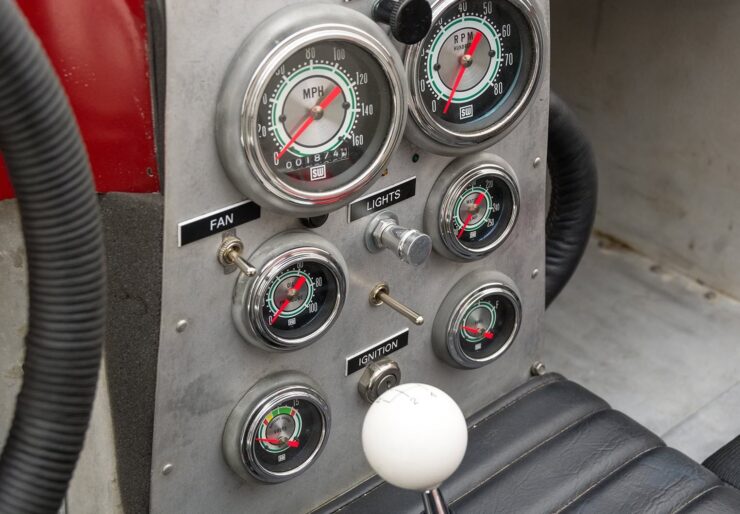
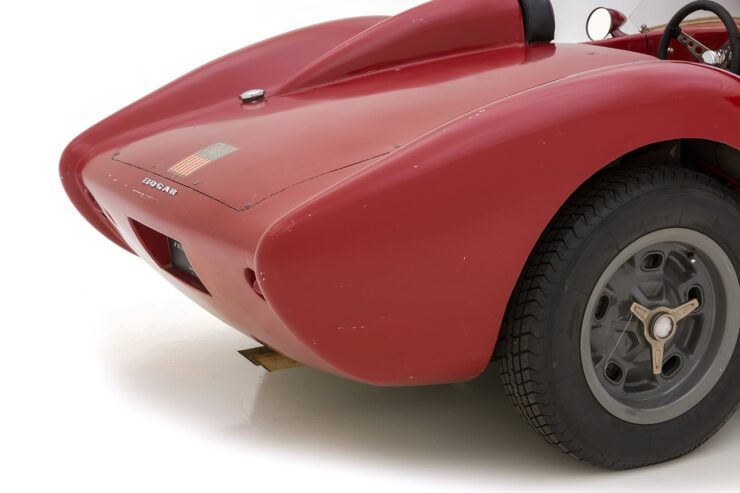
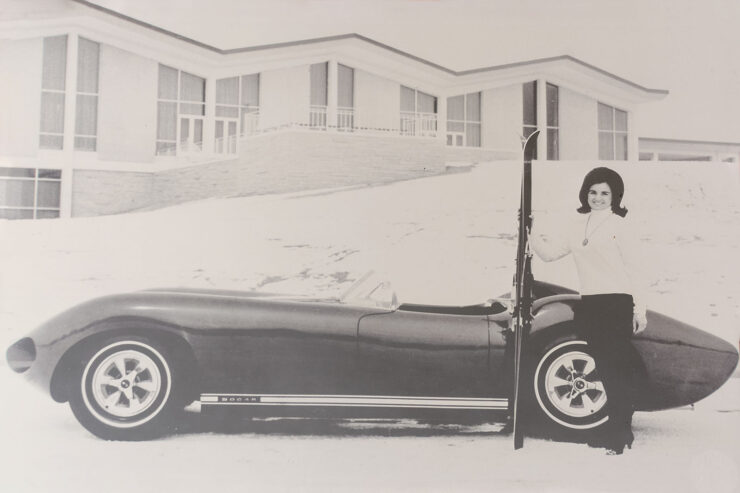
Images courtesy of Hyman Ltd
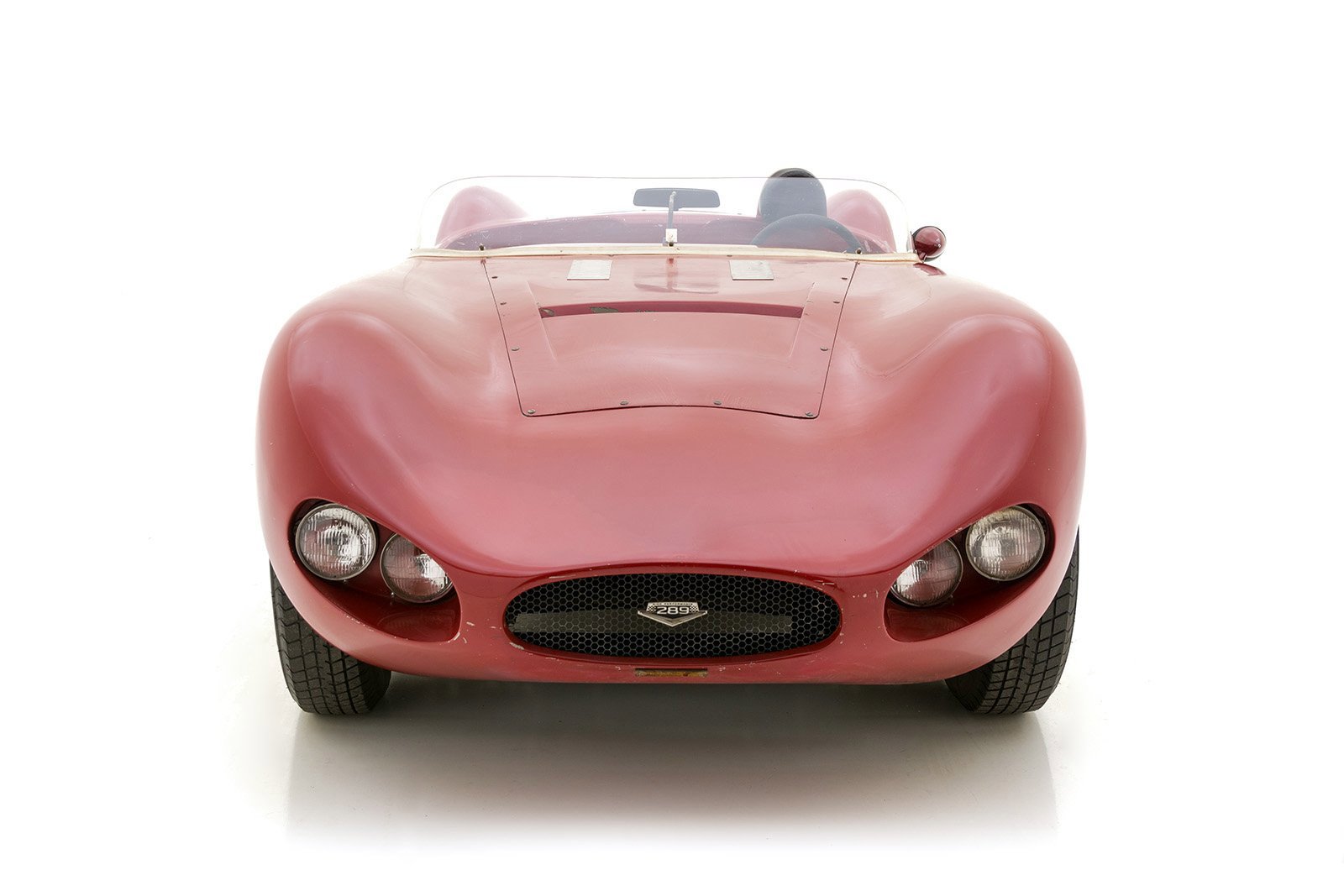
The post The Bocar XP-5 – The American V8 Answer To The Porsche 550 Spyder appeared first on Silodrome.
The Piranha III is one of the best-selling buggy designs in the history of well-known Australian company The Edge Products, this kit provides everything you need to built one at home with the exception of the engine and radiator.
Most people source an engine from a crashed or otherwise incapacitated superbike, these engines comes with a transmission built in of course, and many builders also take the radiator.
Depending on the superbike, these engines can provide 100 to 180+ hp, which is enough to build an eye-waveringly quick buggy.
The Edge Products has been designing and building off-road racing buggies in Perth, Western Australia since 1989.
Above Video: Footage of a Piranha buggy doing the hill climb at the Maramarua Gravel Rash in 2015.
Thanks to the speed, toughness, and affordability of their buggies they’ve risen to become world leaders in their field, with people having bought or build Edge buggies in a vast array of countries around the world.
The Piranha III has a tubular steel spaceframe chassis that incorporates a full roll cage for safety, it has independent front and rear suspension with long-travel coil over shock absorbers, front and rear disc brakes, and rack and pinion steering.
Superbike engines from 600cc to 1000cc can be fitted, offering up to (and over) 180 hp, giving the 400 kg (880 lb) buggy a 0 to 62 mph time of 5.5 seconds or less and a top speed in excess of 150 km/h depending on gearing and surface type.
When ordering you can choose to get plans only, plans plus some parts, a full kit which includes everything except the engine, or a complete turnkey buggy. There are a number of different designs offered on the company’s website including two-seat racing buggies, single seat racing buggies (like the Piranha III), mini monster trucks, and smaller buggies for kids.
If you’d like to see more from Edge you can click here to visit the website, alternatively if you’d like to order your Piranha III kit you can click the red button below.
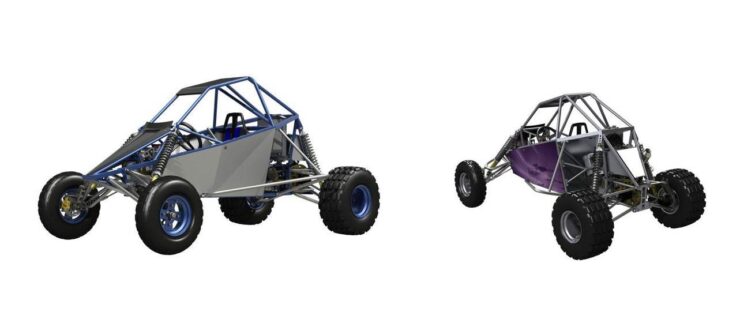
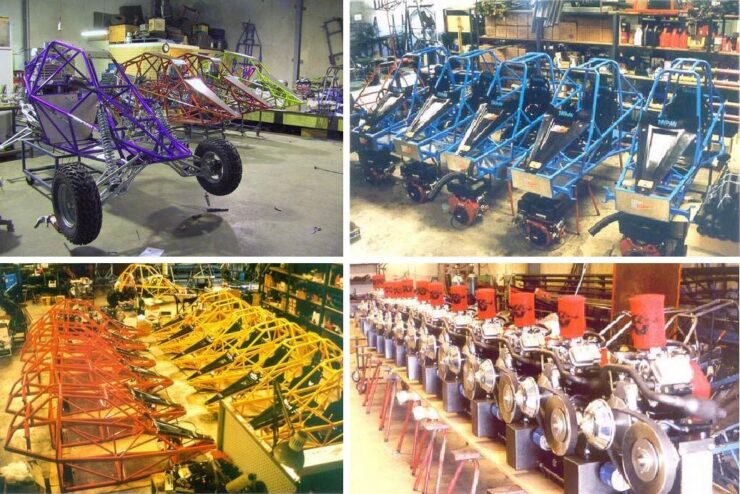
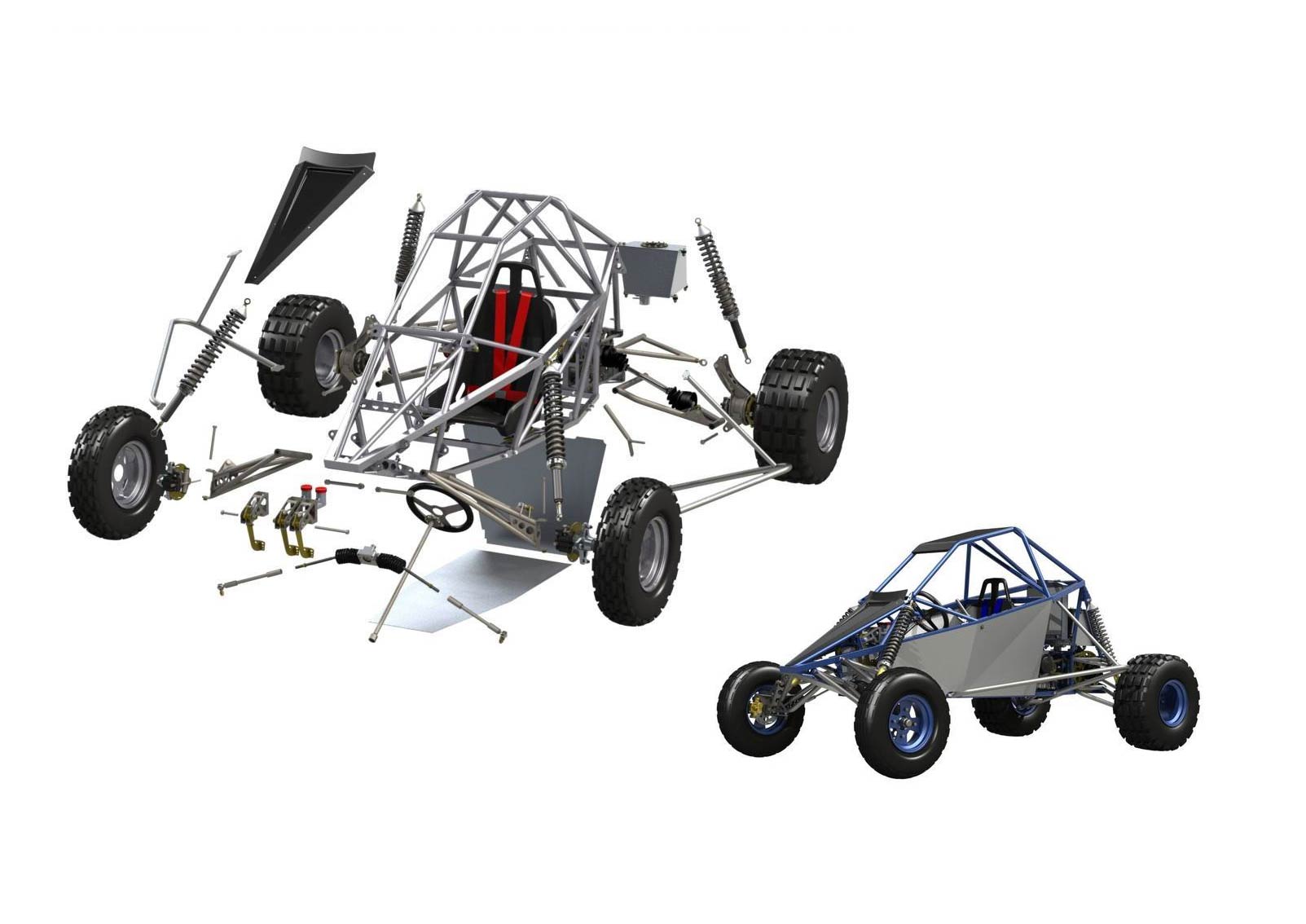
The post The Piranha III Kit: Build Your Own Super Buggy At Home appeared first on Silodrome.